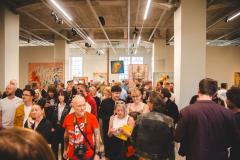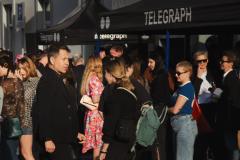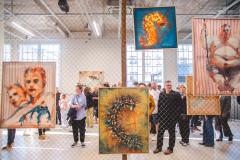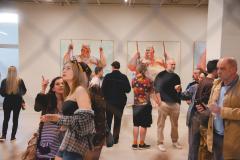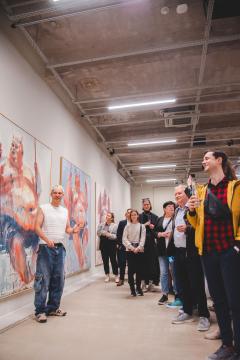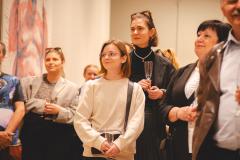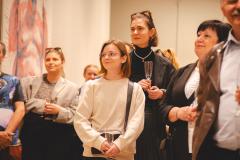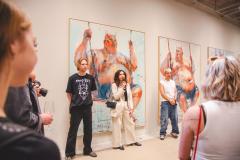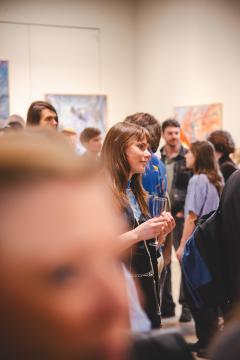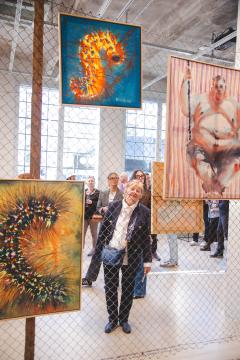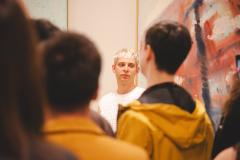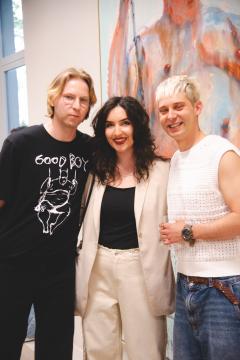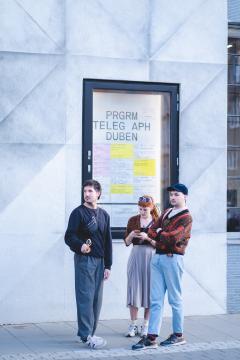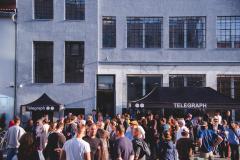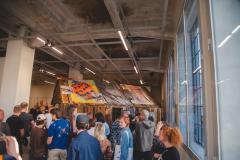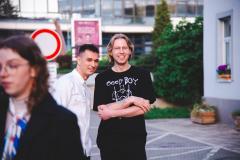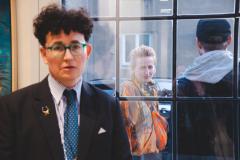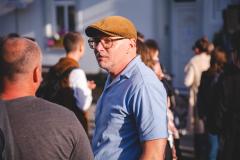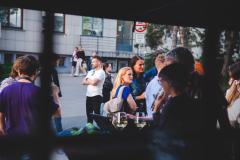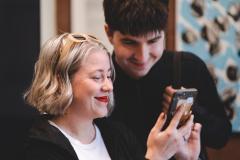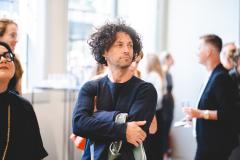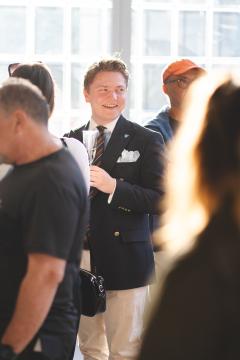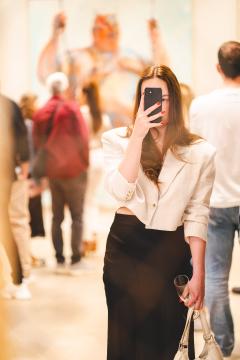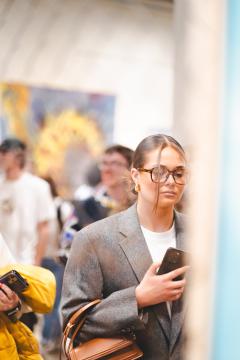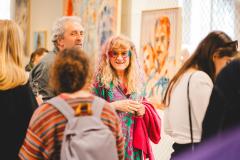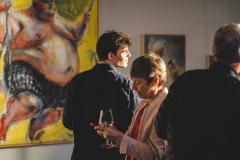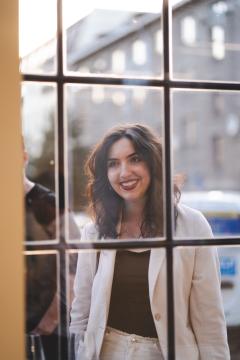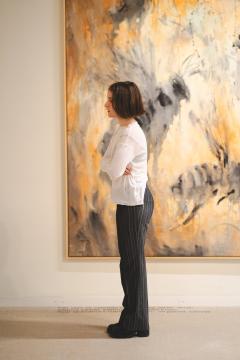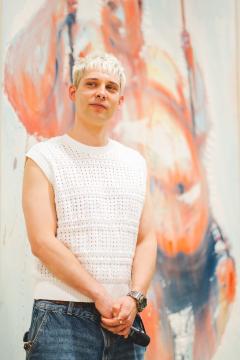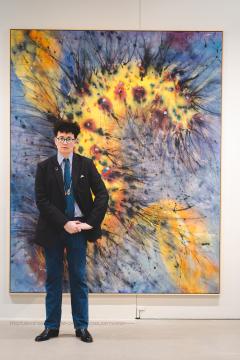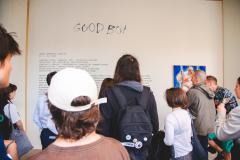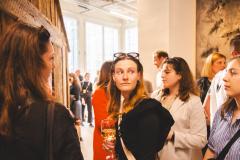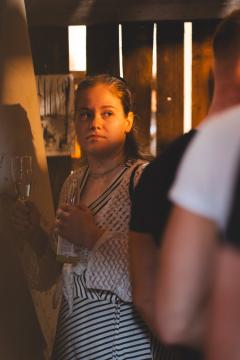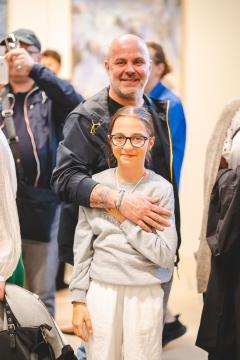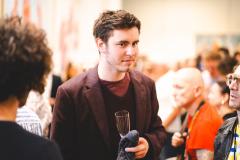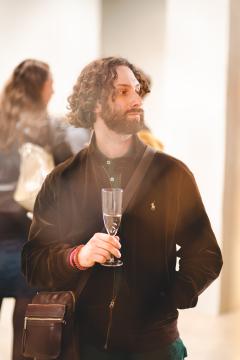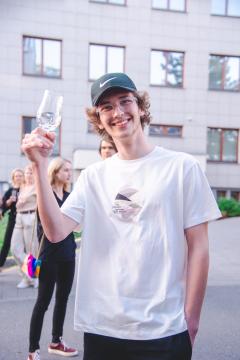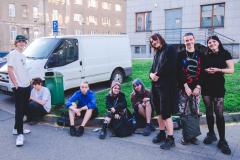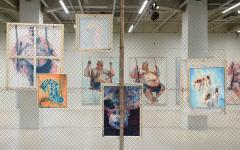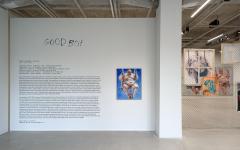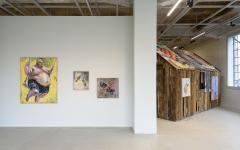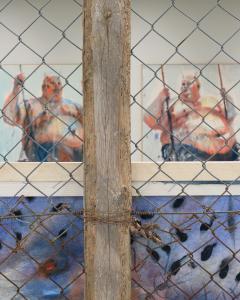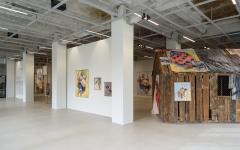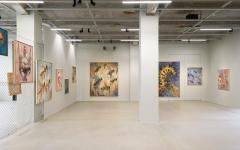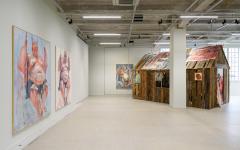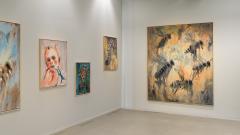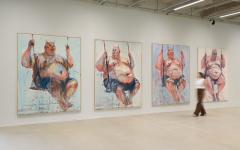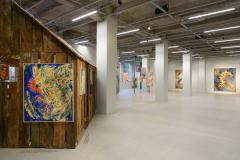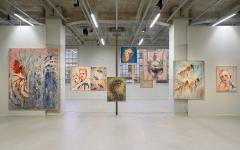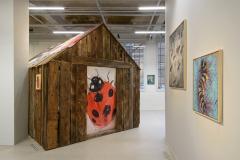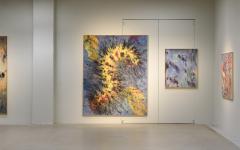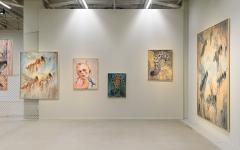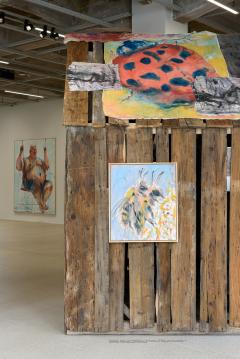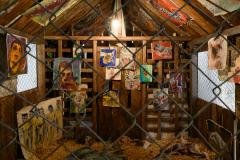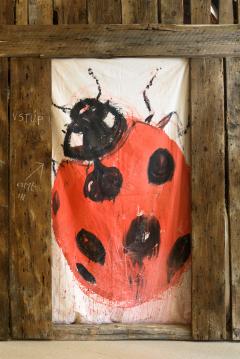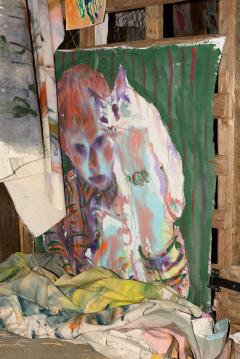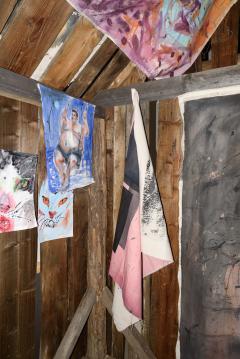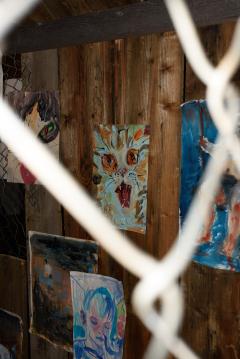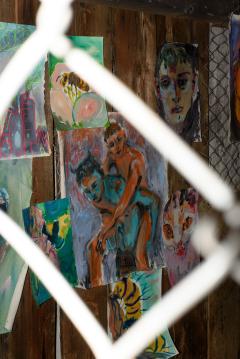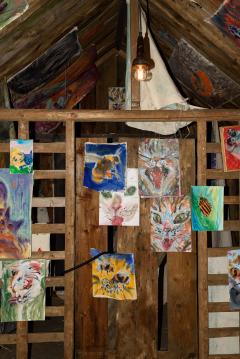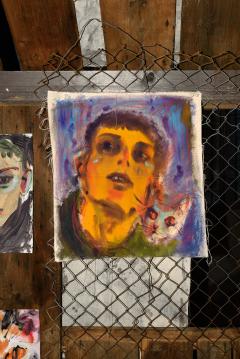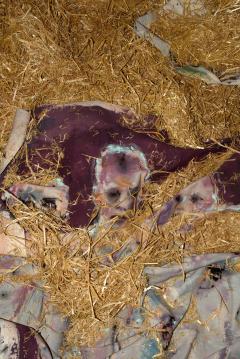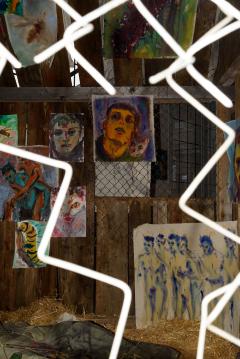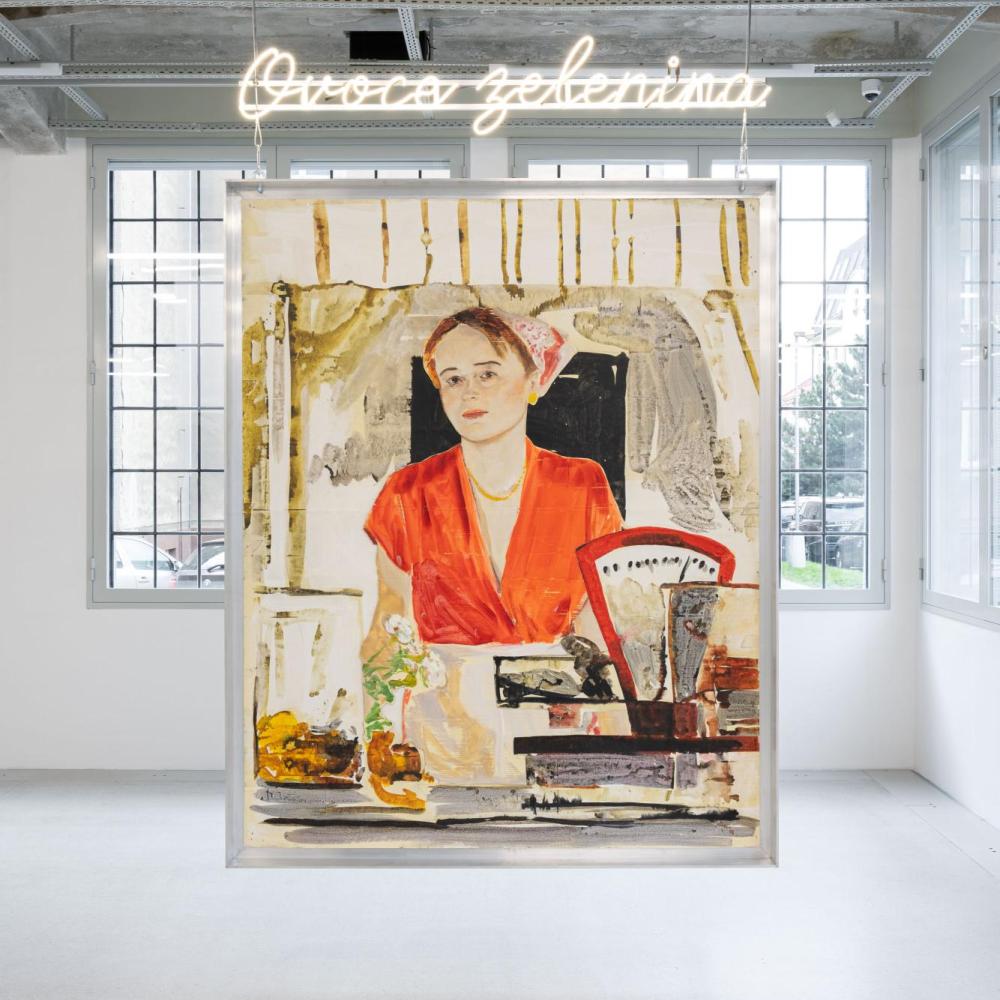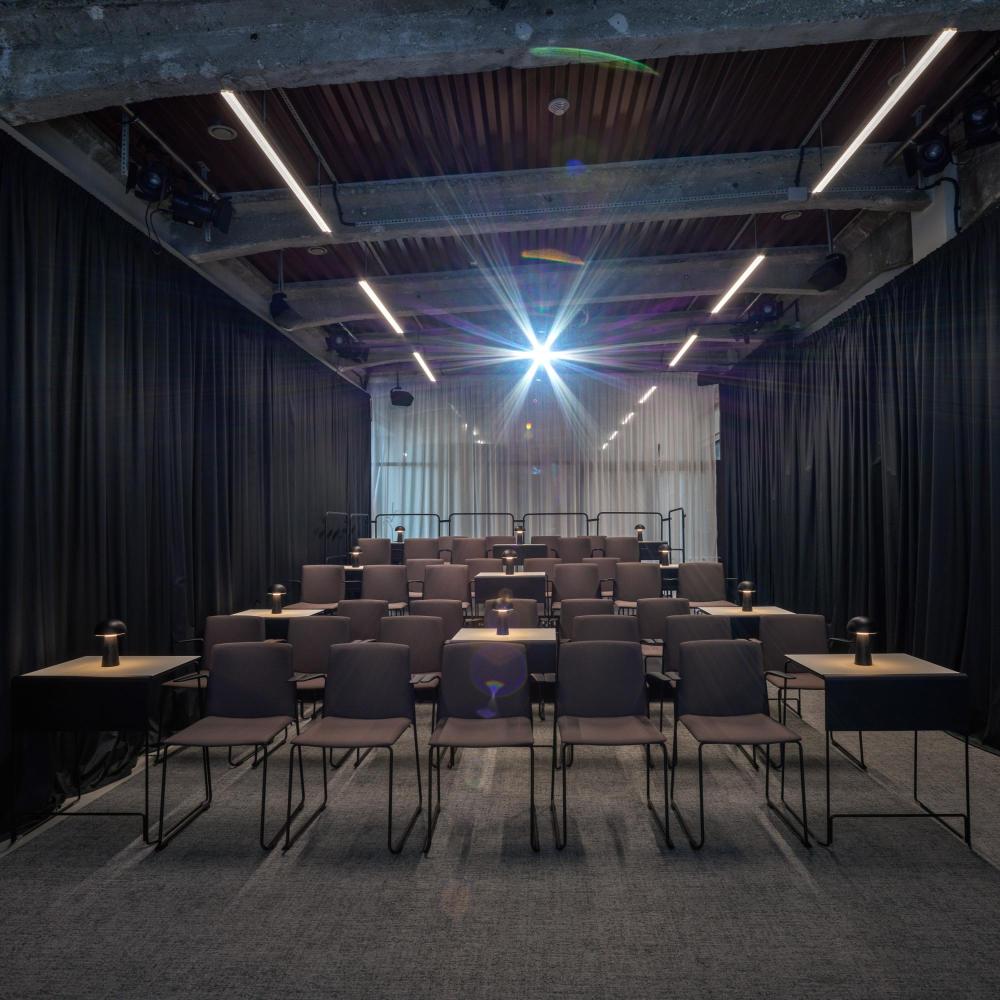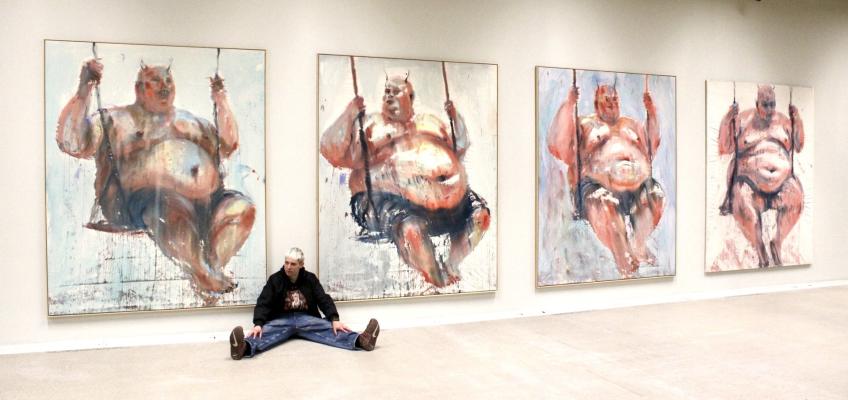
Slovak artist Andrej Dúbravský, whose exhibition entitled GOOD BOY can be seen at the Telegraph Gallery, combines not only the skill of classical technique but also a deep insight into human existence and social dilemmas. The exhibition of his current works reflects the talent of this progressive artist and offers viewers the opportunity to see him through his own lens.
Andrej Dúbravský was born in 1987 in Nové Zámky, Slovakia. His artistic career began at the University of Applied Arts in Bratislava. Since his student years, he has travelled to various parts of the world, exhibited in major galleries in Europe and overseas, and received recognition both at home and abroad. His works are part of the collections of the Slovak National Gallery, Prague's DSC Gallery and other renowned institutions.
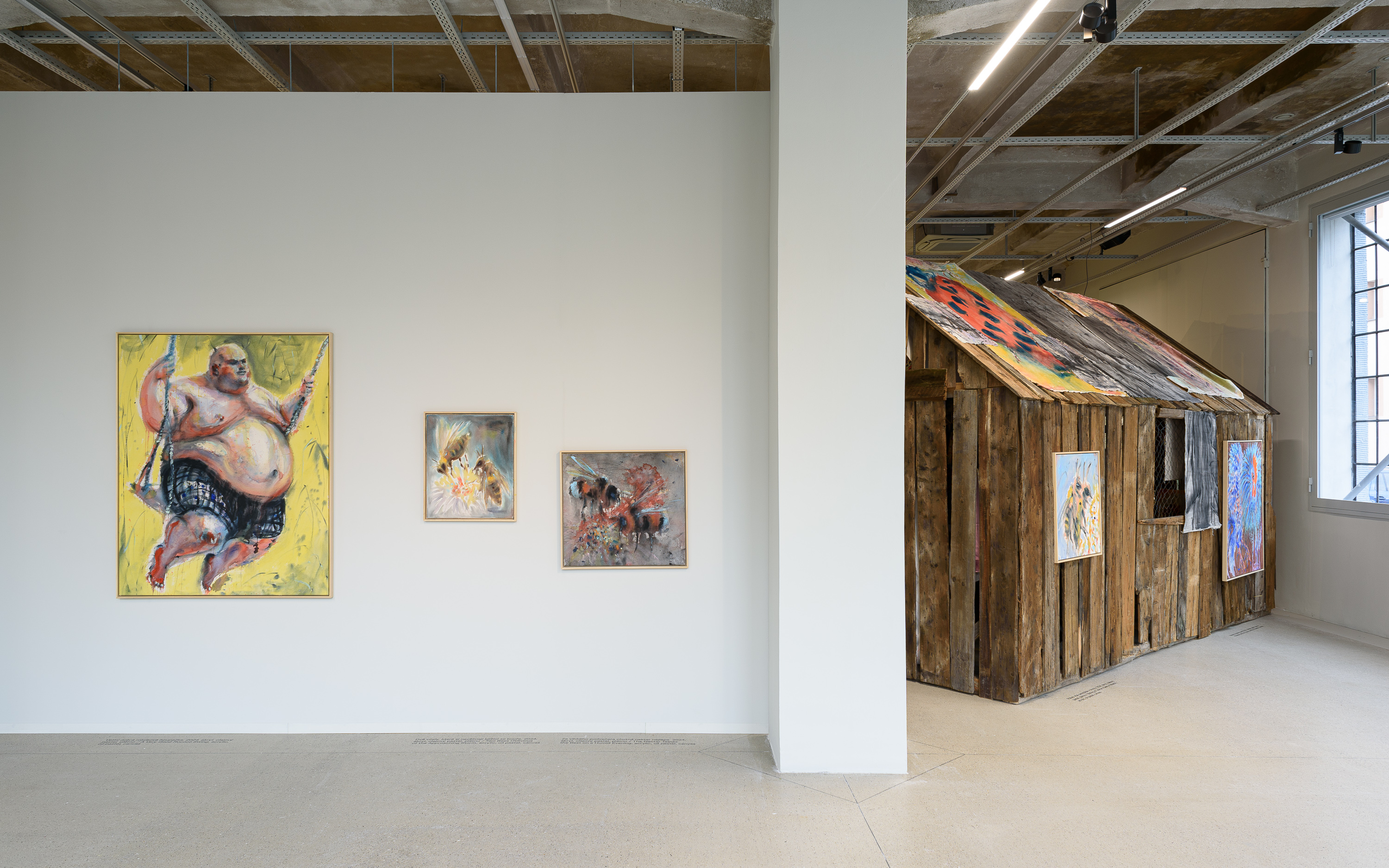
In his work, the artist focuses on depicting idyllic landscapes and silhouettes of factories, self-portraits and studies of male figures. These motifs mirror current societal issues, from those related to agriculture and industry to politics, identity and sexuality. He manages to combine contradictory themes with harmonious artistic expression. His paintings are like glimpses into the soul, mixing utopian ideals with the dystopian realities of the contemporary world. The muted colours and classical technique may appear conservative at first glance, but beneath the surface lies a complex web of emotions and ideas. Dúbravský's works are studies of the environment, its devastation and the role of man in this whole process.
One of the key themes in his work, and the central theme of the current GOOD BOY exhibition, is the concept of beauty. It takes into account a historical perspective together with the view of today's society. Dúbravský is not afraid to confront the stereotypes of perfect appearance and points out the paradoxical feelings of the present time, where the obsession with one's own body competes with the feeling of helplessness from the unauthorized entry into intimate space.
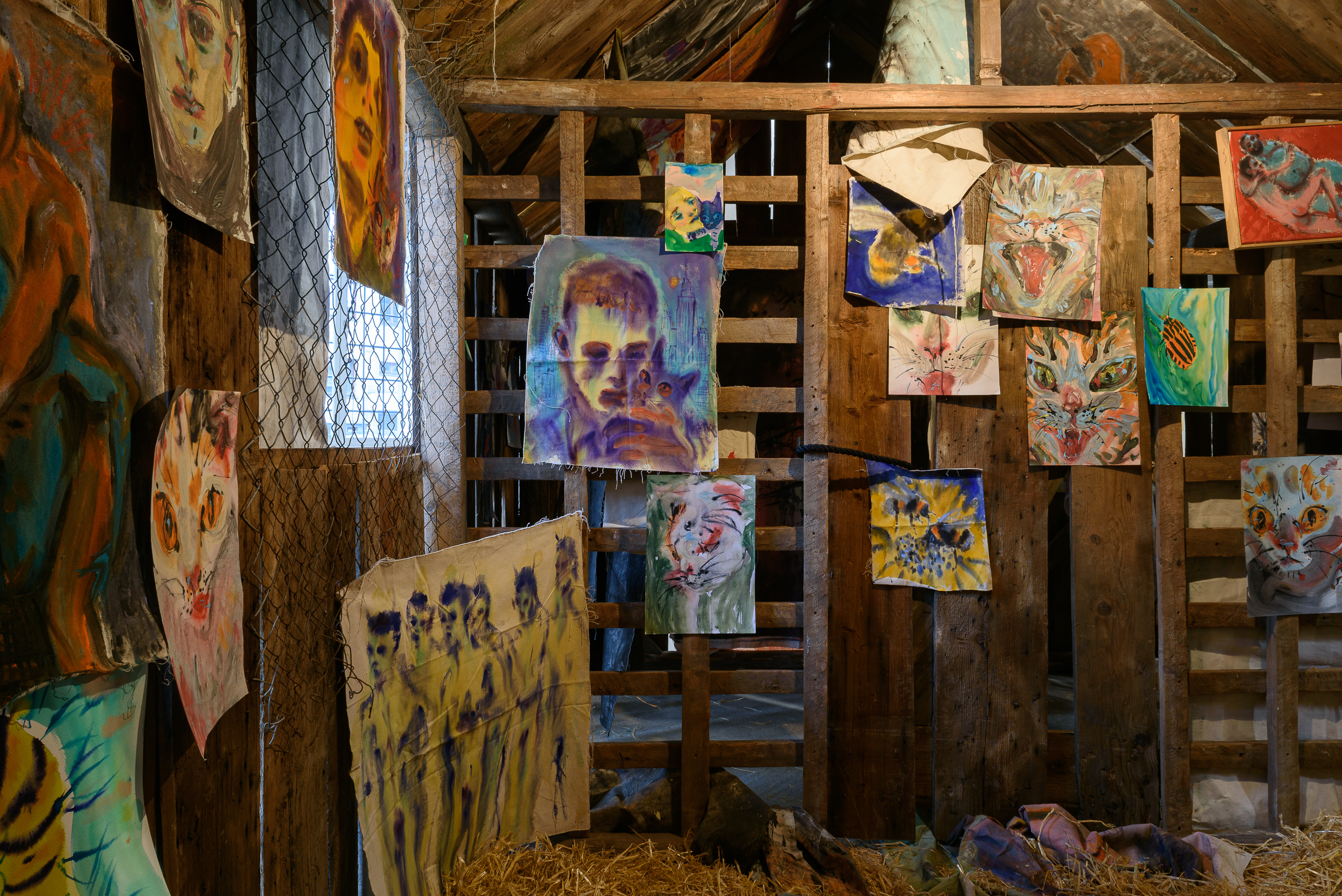
One of the important and inspiring environments in which Andrej works for part of the year is the village of Rastislavice in southwestern Slovakia. He works on large canvases in the courtyard surrounded by chickens running around, then dries his works on washing lines. In this idyllic setting, Dúbravský finds inspiration in the everyday life of the countryside. During the long hours spent in the garden, he observes the surrounding nature and the behaviour of animals, which become an integral part of his creative process and the resulting paintings. For several years he has been depicting roosters, inspired by a visit to the Philippines and the cockfights there. For him, roosters symbolize masculine strength, which can be both positive, aggressive and vain. Observing animals in everyday behaviour and conflicts led the artist to reflect on his own patterns of behaviour and interactions in human society. Caterpillars also became a similar source of inspiration, thanks to which Dúbravský began to reflect on how situations of which we are not fully aware can affect us.
The current exhibition at the Telegraph Gallery, like all of Dúbravsky's work, is not a mere encounter with images. It is a journey into the heart of human existence, where past and present, beauty and devastation meet. Each brushstroke reveals a new layer of human existence and invites the viewer to confront his own emotions and thoughts.
